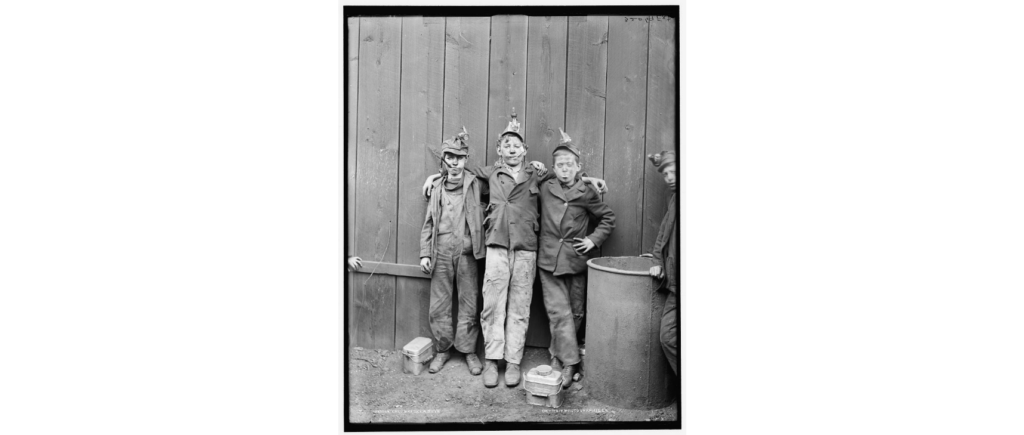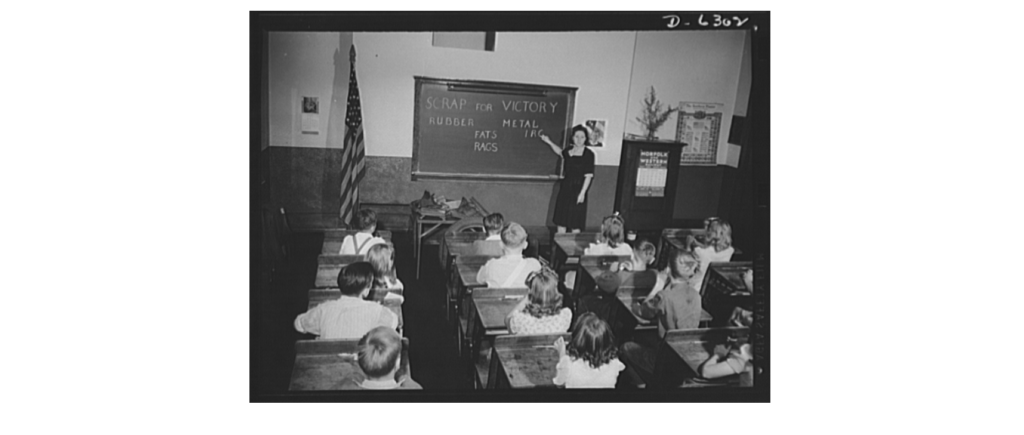GEOG/HST170 Historical Geography
Professor Meghan Cope (mcope@uvm.edu)
University of Vermont, May, 2022
Student Researchers: Ethan Peck, Ben McGowan, Dorian Woods, Abbie Giles, John Snead
Historically and presently, fears — both physical and mental — have been used by American society to instill social and cultural ideals in children. Throughout history children have been subject to various economic climates and country wide politics due to their nature of being the future generations of America. Looking past superficial fears like animals or the dark, our group has used the question of children’s fears to identify the societal ideals of Americans from the 1880’s to the 1950’s.
During the late 19th to the mid 20th century, there was a large variety of possible fears experienced during childhood. Depending on race, class, and gender, children during this time experienced all sorts of fears both physical and socially constructed. A few examples of this are: parents and the greater American culture using fears to instill gender based societal ideals in children, race determining the extent of physical fears of violence and abuse, and children of most lower class families often working for long grueling hours. Highly contagious diseases such as diphtheria, and tuberculosis, which were largely understudied and lethal in many cases, were also feared by many children of the time.

Detroit Publishing Co. (Between 1890-1910)
During the late 19th and very early 20th century, fears were much more physical. Lower and middle class children of all genders and races often experienced some sort of fear based on physical labor and the pressures of supporting their families. As time passed and we entered a new age in the 20th century, fears became much more socially constructed. Children became, in the eyes of parents, something in need of nurture and protection rather than a source of economic growth (Sterns & Haggerty, 1991). This shift in fear from physical to mental shaped a new generation of children. These twentieth century children were heavily pressured to fit the ideal “American”, in part as a result of rising patriotic fervor due to two world wars. As child labor gradually phased out, nationalism, and forced ideals in education became much more significant sources for fears placed on children.
